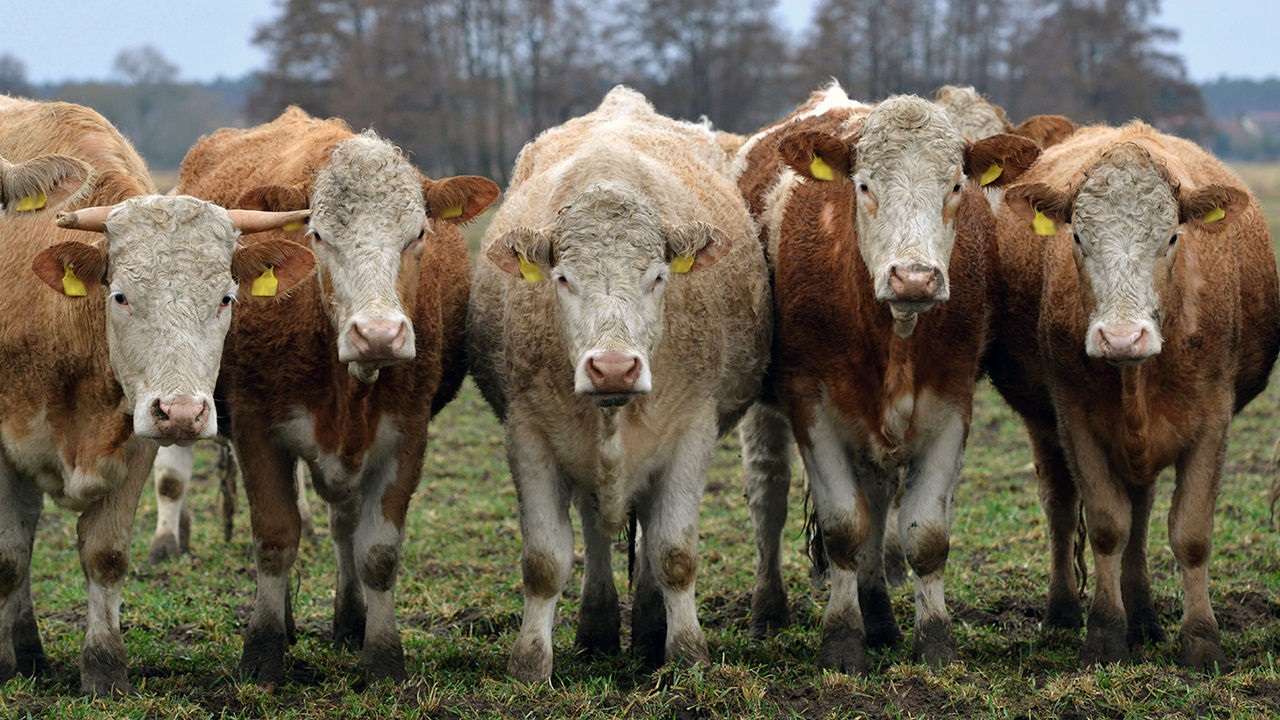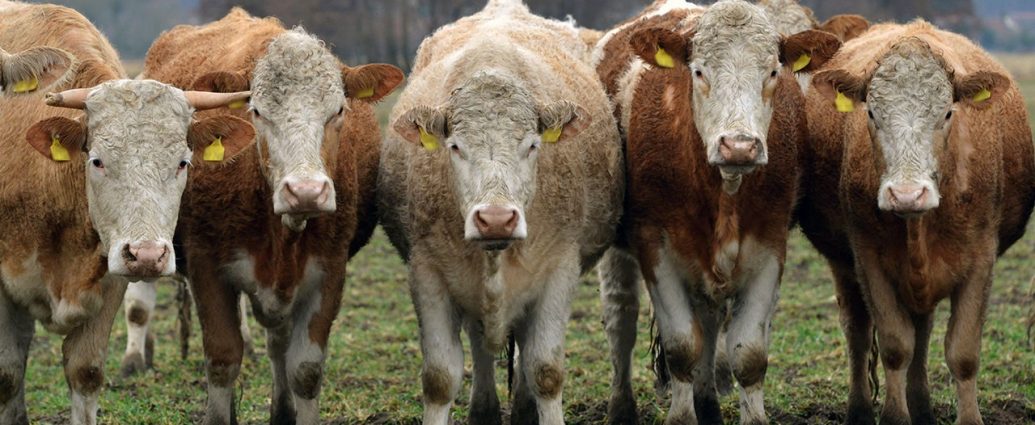
26 February 2021, Brandenburg, Horst: A herd of cattle stands in a paddock on the outskirts of the village of Horst in the Elbe-Elster district of Brandenburg.
Compare a wild boar with a domestic pig and you may notice a few key differences, including the fact that the pig will likely have a smaller head—and brain—than the boar. Scientists have known for decades that domesticated animals like sheep, pigs, cats, and dogs have smaller brains than their wild counterparts—part of what scientists refer to as “domestication syndrome.” Now, the first large-sale study of brain sizes across cattle breeds reveals a new wrinkle: Breeds that tolerate more interaction with humans have smaller brains than those that live more independent lives.
Cattle were first domesticated from bison-size animals called aurochs (Bos primigenius) in the Middle East about 10,000 years ago, part of a wave of livestock domestication that included pigs, sheep, and goats. To find out how the brains of aurochs—which went extinct some 400 years ago—compared with those of their domesticated descendants, paleontologist Ana Balcarcel of the University of Zurich and colleagues used computerized tomography to scan 13 auroch skulls from museum collections across Europe. Next, they scanned the skulls of 317 cows and bulls, also from museum collections, representing 71 different breeds from around the world. They also measured the muzzle width of the skulls to estimate overall body size.
Then the researchers used their scans to calculate average brain size, relative to body size, for wild versus domestic cattle. Following the pattern of other animals that have undergone domestication, they found that the domesticated animals had brains about 25% smaller than their wild forebears, the researchers report today in the Proceedings of the Royal Society B.
With the data in front of her, Balcarcel realized she could do more than just compare wild and domesticated cattle—she could compare the breeds with one another. She sorted the extinct and living breeds into five categories based on their primary purpose as livestock: wild, bullfighting, park (referring to cattle that live essentially as pets on rangeland), beef, and dairy. Next, she plotted the breeds’ brain sizes and looked for patterns.
She found that bullfighting breeds, which are bred for aggression and tend to have little human interaction outside fighting in the ring, have brain sizes nearly as large as those of wild aurochs. Park cattle, which have relatively little human contact, also have relatively large brains. But beef cattle have far smaller brains, and dairy cattle—which frequently interact with farmers and are bred for their milk yield and gentleness—have the smallest brains of all.
Balcarcel suspects that when breeders select for more docile animals in beef and dairy breeds, they are selecting for genes that shrink the parts of the brain that control fear, anxiety, and aggression. The result is smaller brains in breeds with the most human contact. These changes to brain architecture can happen relatively quickly, she notes, as many of the specialized breeds of cattle analyzed in the study have been around for only about 200 years.
“From the very beginning, the animals that were captured by humans were the ones that were less aggressive, so this is just a process that has continued and been accentuated in different breeds,” Balcarcel says. In future studies, Balcarcel would like to look at breed-specific brain size in dogs and see whether any particular breeding strategies make a difference.
The new study is an important step in understanding how domestication influences animals’ brains, says Erin Hecht, an evolutionary biologist at Harvard University. “Our understanding of brain changes during domestication is still in its infancy,” she says. “This study points toward interesting avenues for future brain-behavior research.”





















